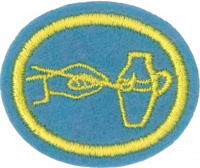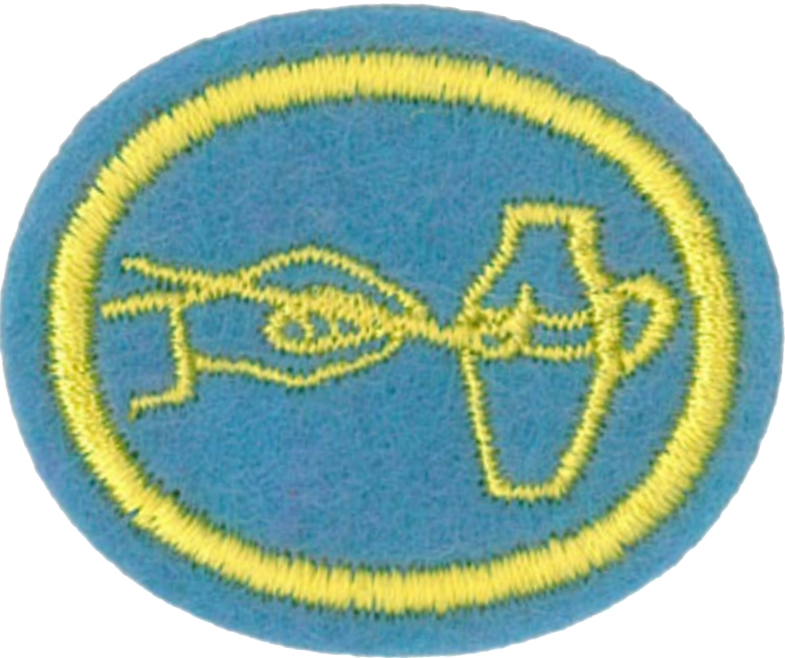Difference between revisions of "AY Honors/Ceramics/Answer Key 2/es"
(Created page with "</noinclude> {{division variant/es|division=Asociación General}} <noinclude>") |
(Created page with "Especialidades JA/Cerámica/Respuestas") |
||
| Line 56: | Line 56: | ||
<noinclude></noinclude> | <noinclude></noinclude> | ||
| − | + | <noinclude></noinclude> | |
| − | <noinclude | ||
| − | |||
{{CloseReq}} <!-- 2e --> | {{CloseReq}} <!-- 2e --> | ||
{{ansreq|page={{#titleparts:{{PAGENAME}}|2|1}}|num=2f}} | {{ansreq|page={{#titleparts:{{PAGENAME}}|2|1}}|num=2f}} | ||
Revision as of 15:04, 26 April 2021
Nivel de destreza
2
Año
1956
Version
23.12.2025
Autoridad de aprobación
División Norteamericana
Cones are a necessary, vital tool in ceramics, signalling the user that the correct firing time and temperature have been reached.
There are two types of cones:
- a) Small cones that are used in manual kilns. They are placed between a device called a kiln sitter, when they have melted or deformed the kiln shuts off.
- b) Large cones also known as witness cones are used in automatic computerized kilns. As the kiln is automatic they are used to check how the kiln has fired once opened, signalling any problems.
Underglaze can be used on greenware or bisque and is applied with a brush or sponge.
Glaze is used after you have decorated your bisque. Can be applied using a brush or dipping decorated bisque in a container of glaze. This glaze gives your bisque a glass finish once fired in a kiln.
Stain is used for decorating bisque. It can be applied using a brush or sponges. The stain goes on the bisque before the glaze.
There are endless tools used in completing a ceramic project, including:
- Brushes
- sponge
- decals
- stamps
- stencils
- kiln
- etc.
The difference between glaze and food-safe glaze is that glaze is used on anything other than surfaces that come in contact with food or drink, and food-safe glaze can be used on any dinnerware, such as mugs, bowls, plates, serving dishes, etc.
Regular glaze contains lead and some toxins. Food-safe glaze is completely lead-free and non-toxic.
Go find a ceramic studio and get creating. Most importantly, have fun!
Note: Candidate need not do the firing.
References
- History of Ceramics taken from excerpts in Wikipedia under heading "Pottery".
- Other definitions obtained from Mrs. Doris Wade, owner and operator of Xclusive Creations, a pottery studio in Bermuda. Compiled by Eileen King, Director of the Warwick Longtails Pathfinder club in Bermuda.


